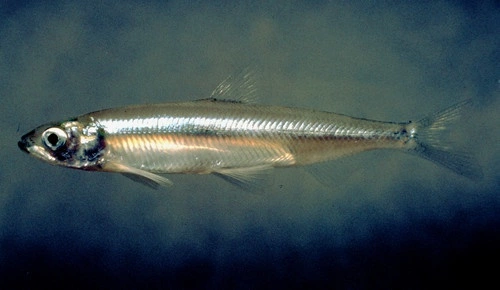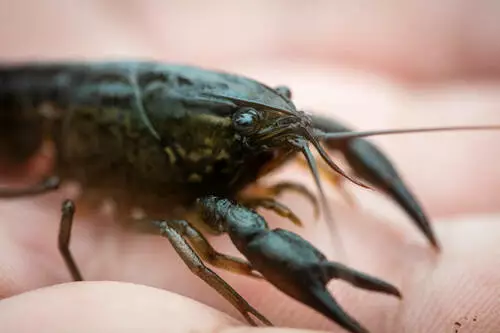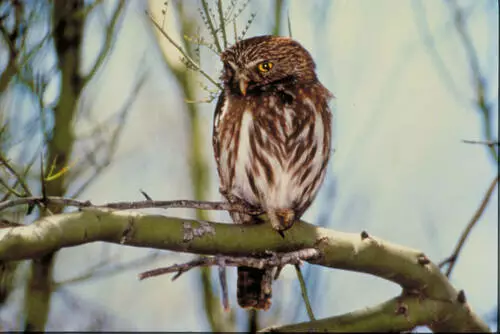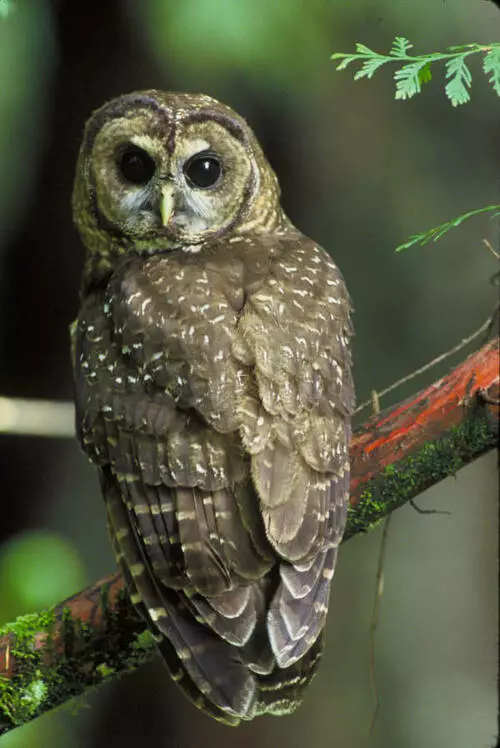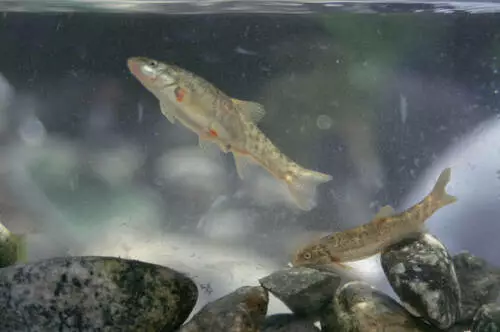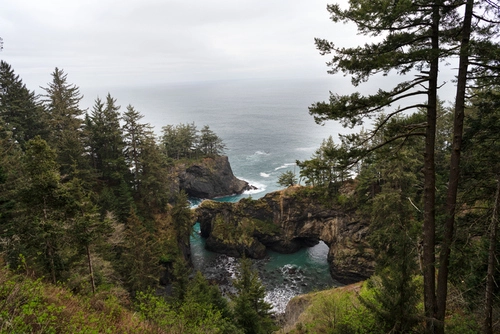Recently, I authored a post for DeltaCurrents, the Center for California Water Resources Policy and Management's blog. The focus of the piece is on science and humility. It is a topic of broad importance in society though I focus on it in the resource management context, and, specifically, as it pertains to California's Bay-Delta.
For the past three decades, the federal and California governments and diverse stakeholders have looked to scientists to explain the causes of the long-term population declines in fish species native to California’s Bay-Delta in an effort to chart a ...
The U.S. Fish and Wildlife Service (Service) has issued a final rule listing the Panama City crayfish (Procambarus econfinae) as threatened under the Endangered Species Act (ESA), along with a section 4(d) rule limiting take of the species. The final rule also includes a designation of eight units of critical habitat, totaling approximately 4,138 acres, in Bay County, Florida.
The Panama City crayfish is a small, semi-terrestrial crayfish that grows to about two inches in length (minus claws), and is found in southcentral Bay County, Florida. The species’ color pattern ...
On December 22, 2021, the U.S. Fish and Wildlife Service (Service) proposed to list the cactus ferruginous pygmy owl (Glaucidium brasilianum cactorum) (Owl) as threatened under the Endangered Species Act (ESA) primarily due to threats from climate change and habitat loss and fragmentation. The Service has also proposed to issue an ESA section 4(d) rule which would prohibit “take” of the Owl in most cases, while exempting from the prohibition certain land management activities compatible with restoration and improvement of Owl habitat where such activities have been ...
On December 10, 2021, the Biden Administration released the Fall 2021 Unified Agenda of Regulatory and Deregulatory Actions (Unified Agenda), which is a semi-annual compilation of information concerning regulations and policy under development by federal agencies. Department of the Interior (DOI) entries on the Unified Agenda reveal a lengthy set of planned regulatory actions, some of which may have an impact on development and deployment of energy, construction and operation of transportation and other infrastructure, and various other economic activities. …
This week, I published a post on the Center for California Water Resources Policy and Management’s DeltaCurrents blog discussing the Biden administration’s proposal to rescind the definition of habitat. The definition was promulgated by the Trump administration in response to the decision of the U.S. Supreme Court in 2018 in Weyerhauser Co. v. U.S. Fish and Wildlife Service, a case involving a challenge to the rule designating critical habitat for the dusky gopher frog in the American southeast. …
On November 10, 2021, the U.S. Fish and Wildlife Service (USFWS) published a proposed rule to list the bracted twistflower (Streptanthus bracteatus), a plant species found only in Texas, as a threatened species under the Endangered Species Act (ESA). The USFWS is proposing to list the bracted twistflower with a species-specific rule under section 4(d) of the ESA (4(d) rule), as well as to designate approximately 1,607 acres in central Texas as critical habitat for the species.
The bracted twistflower is a flowering annual plant and a member of the mustard family that can grow over ...
Today, the U.S. Fish and Wildlife Service (Service) published a final rule revising the critical habitat designation for the northern spotted owl (Strix occidentalis caurina) under the Endangered Species Act (ESA). The final rule rescinds a previous rule issued by the Trump Administration on January 15, 2021, which was set to take effect this coming December, and would have excluded approximately 3.4 million acres from the species’ critical habitat designation. Instead, the Service’s new final rule excludes from the designation only 204,294 acres located across multiple ...
Last week, the Center for Biological Diversity (CBD) filed suit against the U.S. Fish and Wildlife Service in the U.S. District Court for the Central District of California, alleging that the agency violated the Endangered Species Act (ESA) when it failed to timely determine whether the Santa Ana speckled dace (hinichthys osculus ssp.) and the Long Valley speckled dace (Rhinichthys osculus ssp.) warrant listing as endangered or threatened species. …
On October 25, the U.S. Fish and Wildlife Service (Service) published a proposed rule to designate critical habitat for the coastal distinct population segment (DPS) of Pacific marten (Martes caurina), also known as coastal marten, under the federal Endangered Species Act (ESA). In the proposed rule, the Service identifies a total of approximately 1,413,305 acres of land in northwestern California and southwestern Oregon to designate as critical habitat for the coastal marten.
Listed as a threatened species in October 2020, the coastal marten is a medium-sized carnivore in the ...
On October 14, 2021, the U.S. Fish and Wildlife Service (Service) issued a proposed rule to list the bog buck moth (Hemileuca maia menyanthevora) (= H.iroquois) as endangered under the Endangered Species Act (ESA). The Federal Register notice also states that the Service will make a final determination on the proposed listing within one year, and that it is seeking comments on the proposed designation.
The bog buck moth occurs in groundwater-fed wetlands in Oswego County, New York, and Ontario, Canada, with large amounts of bog buckbean (a plant that is a key food source, or “host plant” for bog buck moth larvae, much as milkweed is a host plant for monarch butterfly larvae). …
Nossaman’s Endangered Species Law & Policy blog focuses on news, events, and policies affecting endangered species issues in California and throughout the United States. Topics include listing and critical habitat decisions, conservation and recovery planning, inter-agency consultation, and related developments in law, policy, and science. We also inform readers about regulatory and legislative developments, as well as key court decisions.
Stay Connected
 RSS Feed
RSS Feed
Categories
- Alternative Energy
- Bald and Golden Eagle Protection Act
- Budget
- CEQA
- CESA
- Climate Change
- Congress
- Conservation
- Construction Projects
- Consultation
- Continuing Education
- Court Decisions
- Critical Habitat
- Delisting
- Endangered Species Act
- Event
- Fish & Wildlife Service
- Freedom of Information Act
- Government Administration
- Legal
- Legislation
- Listing
- Litigation
- Migratory Bird
- National Marine Fisheries Service
- NEPA
- Off Shore Wind
- Pacific Northwest
- project
- Publications
- Regulatory Reform
- Sacramento-San Joaquin Delta
- SEPA
- Speaking Engagements
- Supreme Court
- Texas
- Timberland
- Water Issues

